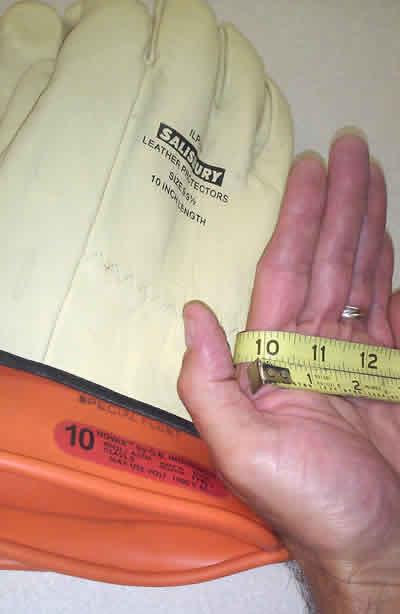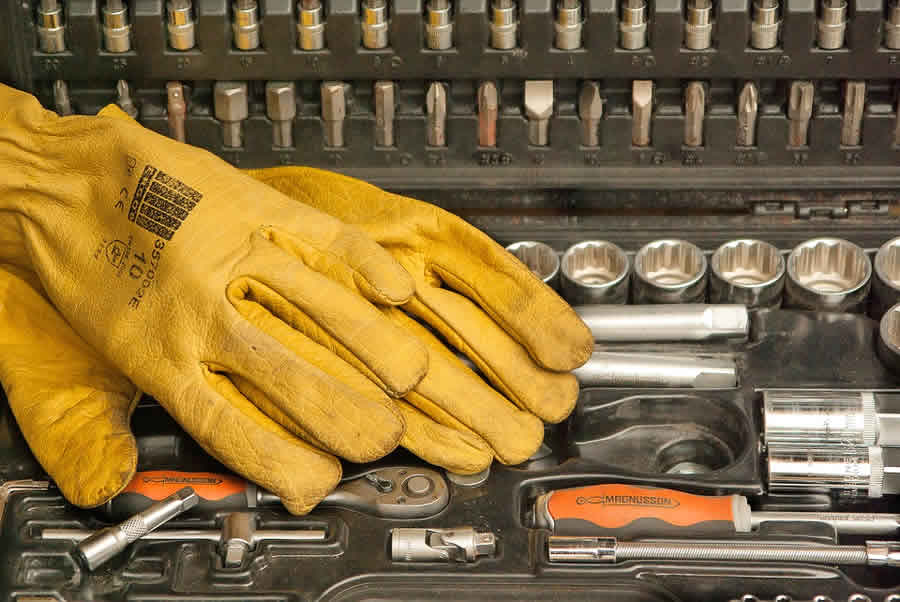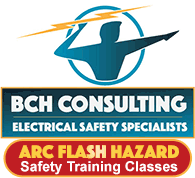It’s easy to say that no other piece of electrical PPE has saved more lives than rubber insulating gloves. Too often electricians must place their hands in energized electrical panels or near powerlines to get the job done. Because their hands are near shock and arc flash hazards, they are at greater risk for injury than most other parts of the body. Insulating gloves are tried and true protection in these situations. It would be hard to find a qualified electrician that would disagree.
Though essential protection from injury, insulating gloves are widely unpopular
When I perform my electrical safety training, I always take a quick poll during the insulating glove portion of the class. “By show of hands, how many of you like wearing insulating gloves”? You guessed it, nobody raises their hand. It’s simple to understand. The gloves are bulky and limit dexterity. Depending on the job, it can be very difficult to perform work in rubber insulating gloves with leather protectors over them. Even though a qualified electrician fully understands the risk for injury, they may resist using gloves due to the discomfort.
How you help your electricians be more comfortable in insulating gloves
First, provide your crews with gloves that are the right size and class for the job.
I can remember working at a small foundry back in the early 1990’s. The company issued all the electrician’s size 12, class 2 gloves. Class 2 gloves are rated for 17,000 volts A.C. so the rubber is very thick. We did have one application for the gloves, but most of the work was 480 volts. The idea was that if they provided gloves for the higher voltage work, they would be fine for lower voltage tasks. This way they only had to provide one pair per person. If you have ever tried to perform intricate work in a set of class 2 gloves, you know that it is virtually impossible. Consequently, the gloves rarely left my tool box. Additionally, I have small hands and a size 12 glove was at least 2 sizes too big, which just added to the problem.
 How to find the correct size insulating gloves
How to find the correct size insulating gloves
Measure around the dominant hand with a tape measure. The dominant hand’s measurement is preferred (right if you are right-handed and left if you are left-handed). Measure hand around the palm and from wrist to the tip of the fingers. The measurement in inches should line-up with the size stamped on the tag of the glove. See the picture that I have included with this article. Wearing a glove that fits properly will undoubtedly help your employees gain dexterity and relieve some of the objection to wearing them.
Use the gloves and protectors as a set
Be sure to use the correct size leather protector as well. I often see a size 10 glove with size 12 protectors over the top. Not only will the dexterity be reduced, there can be a safety issue. The rubber insulating glove cuff must be longer than the leather protector glove. The distance is based on glove class and is designed to protect you from shock due to flash-over. For instance, a class 00 and 0 glove should have at least a ½” gap between the top of the rubber insulating glove to the top of the leather protector.
Buy the gloves and protectors as a set and keep them together. You will also find that goat skin protectors are much softer and far more flexible than leather protectors. I highly recommend the goat skin product as another way to gain dexterity.
How to determine the correct class?
Ask your electrical staff what voltage levels they are exposed to during their daily work. Determine the class they need by lining-up the voltage level with one of the six specific voltage classes available.
- Class 00 gloves are rated for a maximum use of 500 volts A.C.
- Class 0 gloves are rated for a maximum use of 1,000 volts A.C.
- Class 1 gloves are rated for a maximum use of 7,500 volts A.C.
- Class 2 gloves are rated for a maximum use of 17,000 volts A.C.
- Class 3 gloves are ratted for a maximum use of 26,500 volts A.C.
- Class 4 gloves are rated for a maximum use of 36,000 volts A.C.
I hope you found this safety tip helpful. Don’t forget to measure your employee’s hands prior to purchasing gloves. They will thank you for it later. In this case one size does not fit all.
Sign up for our free weekly Safety Tips and receive our free glove rating poster as part of this post.

Sign up for our free weekly Safety Tips and receive one weekly, right to your inbox!







